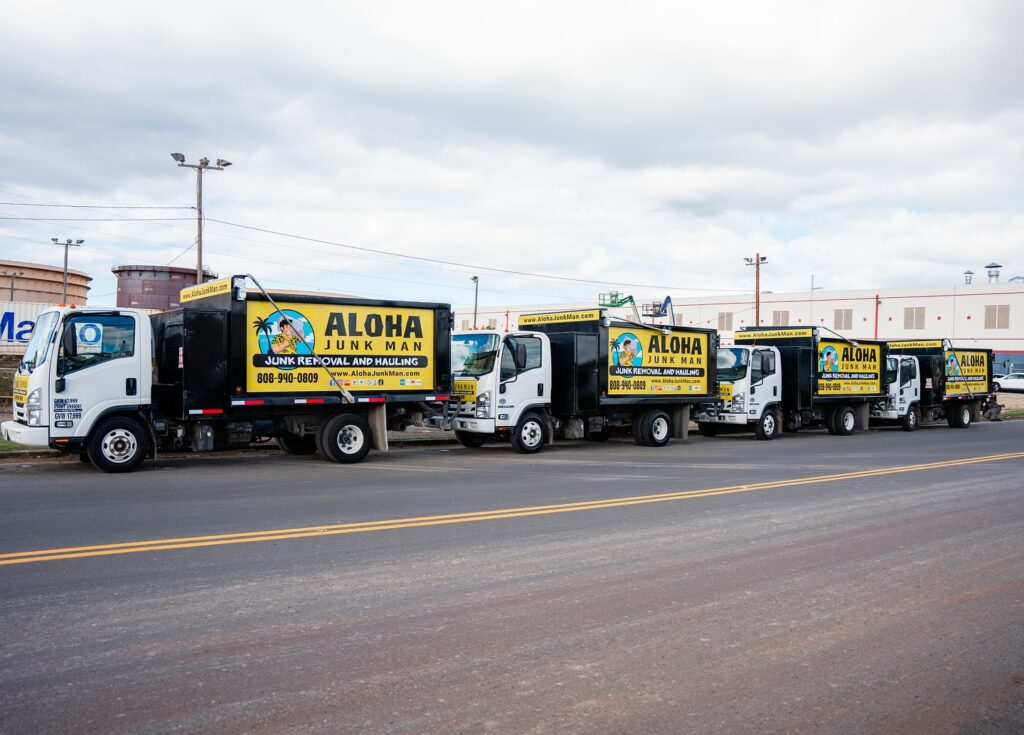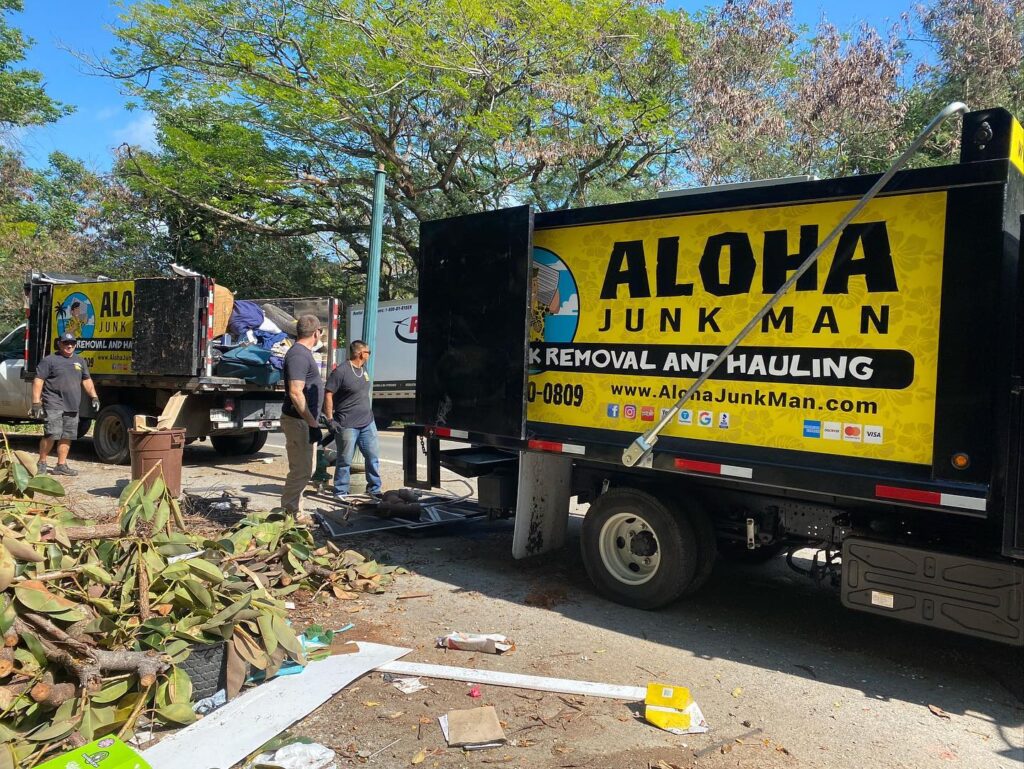Plasma Arc Gasification is at the heart of a revolutionary transformation in Honolulu, changing the way we think about waste. Plasma Arc Gasification Honolulu is leading the charge in converting everyday garbage into a valuable resource. This innovative process not only promises to reduce the strain on our landfills but also offers a cleaner alternative for generating energy. It’s a win-win for the environment and the community, turning problems into solutions.
The process of Plasma Arc Gasification in Honolulu is not just about waste reduction. It’s about reimagining what we consider waste, converting it into syngas, a clean and versatile fuel. This advancement is a beacon of hope for sustainable energy, showcasing how technology can lead us toward a greener future. By embracing this method, Honolulu sets a precedent for cities worldwide, proving that progress and environmental stewardship can go hand in hand.
Kaneohe, like its neighbor Honolulu, stands to benefit greatly from this cutting-edge technology. The reduction in landfill use and the decrease in emissions are just the tip of the iceberg. Plasma Arc Gasification offers a path to energy independence, harnessing the power of what was once deemed useless. It’s a testament to human ingenuity and our ability to adapt and innovate for the sake of our planet.
As Plasma Arc Gasification in Honolulu gains momentum, it’s clear that this is more than just a temporary solution. It’s a glimpse into a future where waste is not an issue but an asset. This technology not only addresses current environmental concerns but also paves the way for sustainable growth and development. Honolulu is leading by example, showing the world that with the right approach, turning waste into fuel is not just possible it’s the way forward.
Understanding Plasma Arc Gasification Technology
Plasma Arc Gasification in Honolulu uses a high-temperature plasma torch to break down waste at the molecular level. This process turns solid waste into syngas, a mixture of hydrogen and carbon monoxide. Unlike traditional waste management methods, it leaves behind very little residue. As a result, it significantly reduces the volume of waste destined for landfills.
The technology behind Plasma Arc Gasification is both innovative and efficient. By applying intense heat, it decomposes waste materials without combustion, thus minimizing the emission of harmful gases. This clean energy generation method aligns with Honolulu’s commitment to sustainability and environmental protection. It showcases the city’s dedication to finding eco-friendly solutions to waste management.
In addition to reducing landfill use, Plasma Arc Gasification in Honolulu offers a renewable source of energy. The syngas produced can be used to generate electricity, providing a sustainable alternative to fossil fuels. This not only supports Honolulu’s energy needs but also contributes to a reduction in greenhouse gas emissions. It’s a step towards cleaner air and a healthier environment for the community.
Kaneohe, alongside Honolulu, stands to gain from the adoption of this technology. By embracing Plasma Arc Gasification, these cities are at the forefront of a shift towards sustainable waste management. This approach not only addresses the immediate challenges of waste disposal but also opens up new possibilities for energy production. It’s a clear indication of how innovation can transform waste into a valuable resource for the future.
The Role of Plasma Arc Gasification Honolulu in Waste Management
Plasma Arc Gasification in Honolulu is redefining waste management by turning a critical environmental challenge into an opportunity for innovation and sustainability. This process not only diminishes the need for traditional landfill space but also significantly reduces the city’s carbon footprint. By converting waste into syngas, Honolulu is taking a bold step towards cleaner energy production. This forward-thinking approach showcases the city’s commitment to preserving the environment for future generations.
In Kaneohe, the adoption of Plasma Arc Gasification technology could mirror Honolulu’s success in managing waste more efficiently. By utilizing this cutting-edge method, Kaneohe can reduce its reliance on landfills and minimize environmental pollution. The process offers a promising alternative to conventional waste disposal methods, highlighting the potential for widespread adoption across the region. It’s an example of how local solutions can have a broader impact on sustainability efforts.
The production of syngas through Plasma Arc Gasification in Honolulu offers a versatile and renewable energy source. This gas can power turbines to generate electricity, providing a sustainable alternative to fossil fuels. By harnessing the potential of syngas, Honolulu is not only addressing its waste management challenges but also contributing to the global effort to combat climate change. It’s a strategic move towards achieving energy independence and promoting environmental stewardship.
The benefits of Plasma Arc Gasification extend beyond waste reduction and clean energy production. This technology is a testament to Honolulu’s innovative spirit and its commitment to creating a sustainable future. By turning waste into a valuable resource, Honolulu is leading by example, inspiring other cities to explore similar sustainable waste management solutions. The impact of this technology on both the local environment and the global community underscores the importance of embracing innovative approaches to waste and energy.
From Junk to Syngas: The Conversion Process
Plasma Arc Gasification in Honolulu takes the seemingly endless cycle of waste accumulation and turns it on its head. By superheating waste to extreme temperatures, the city transforms what was once junk into syngas, a potent mixture ripe for energy production. This innovative process not only declutters the environment but also breathes new life into our approach to waste management. It stands as a beacon of progress, showing that with the right technology, even the most stubborn waste can become a valuable asset.
In this transformation, the waste undergoes a radical change, breaking down at the molecular level without combustion. This means that instead of contributing to air pollution, Plasma Arc Gasification in Honolulu creates a clean, renewable energy source. The syngas produced is a versatile fuel, capable of powering turbines to generate electricity. This shift not only supports Honolulu’s energy needs but also moves the city closer to its sustainability goals.
Kaneohe, observing Honolulu’s success, sees a promising path forward in managing its waste more effectively. Adopting Plasma Arc Gasification could significantly reduce its landfill dependency, mirroring Honolulu’s strides towards environmental stewardship. The process exemplifies how local actions can contribute to broader sustainability efforts, offering a replicable model for waste management and energy production. It’s a testament to the power of innovation in addressing environmental challenges.
As Honolulu continues to refine and expand its use of Plasma Arc Gasification, the benefits extend far beyond cleaner energy. This technology underscores the city’s commitment to pioneering sustainable solutions, setting a standard for others to follow. By converting junk to syngas, Honolulu not only tackles its waste management issues but also contributes to a global shift towards renewable energy. It’s a shining example of how embracing technology can lead to a greener, more sustainable future.
Environmental Benefits of Plasma Arc Gasification
Plasma Arc Gasification in Honolulu not only revolutionizes waste management but also significantly enhances the local environment. By converting waste into syngas, the process drastically reduces the amount of garbage sent to landfills. This reduction in landfill usage decreases the risk of soil and water pollution, ensuring a cleaner and healthier environment for the community. It’s a step forward in preserving Honolulu’s natural beauty for future generations.
The technology also plays a crucial role in cutting down greenhouse gas emissions. Traditional waste disposal methods, such as incineration, release a large amount of carbon dioxide and other harmful gases into the atmosphere. However, Plasma Arc Gasification in Honolulu operates without combustion, minimizing the release of these gases. This cleaner method supports Honolulu’s efforts in combating climate change and contributes to a greener planet.
In Kaneohe, the adoption of this technology could mirror Honolulu’s success in environmental protection. By utilizing Plasma Arc Gasification, Kaneohe can significantly reduce its carbon footprint. This move not only benefits the local environment but also sets a positive example for other regions to follow. It highlights the importance of innovative solutions in achieving sustainable waste management and energy production.
The broader adoption of Plasma Arc Gasification in Honolulu and beyond has the potential to transform waste management practices globally. By turning waste into a resource, this technology paves the way for a sustainable and environmentally friendly future. It demonstrates that with the right approach, communities can tackle waste challenges effectively while also protecting the planet. Plasma Arc Gasification in Honolulu stands as a beacon of hope, showing that progress and environmental stewardship can indeed go hand in hand.
How Plasma Arc Gasification Powers Honolulu
Plasma Arc Gasification in Honolulu is not just an innovative approach to handling waste; it’s a power source for the city. By converting trash into syngas, this technology feeds into the local grid, supplying clean energy to residents. This reduces reliance on fossil fuels, marking a significant step towards energy sustainability. It’s a clear example of how modern technology can transform waste management into an energy solution.
The process also showcases Honolulu’s commitment to renewable energy sources. With Plasma Arc Gasification, the city taps into an endless supply of fuel: its own waste. This ensures a consistent and eco-friendly energy generation, setting a precedent for other cities to follow. Honolulu’s initiative serves as a model for sustainable urban development, proving the feasibility of such technologies on a large scale.
In Kaneohe, the potential benefits of adopting Plasma Arc Gasification are equally promising. This technology could significantly lower the city’s carbon emissions, aligning with global efforts to combat climate change. By turning waste into a resource, Kaneohe can contribute to a cleaner, greener future. It’s an opportunity to lead by example, demonstrating the impact of innovative waste-to-energy solutions.
The broader implications of Plasma Arc Gasification in Honolulu extend beyond local boundaries. This technology paves the way for a shift in how cities worldwide manage waste and generate energy. By proving its effectiveness, Honolulu encourages other municipalities to consider such sustainable practices. It’s a testament to the power of innovation in addressing environmental challenges, offering a blueprint for a cleaner, more sustainable world.
Challenges and Solutions in Implementing Plasma Technology
Implementing Plasma Arc Gasification in Honolulu comes with its set of challenges, primarily the initial investment and community acceptance. The technology requires substantial upfront costs for infrastructure and equipment. However, the long-term savings from reduced landfill use and the generation of clean energy can offset these expenses. Educating the public about the benefits can help gain support and facilitate smoother implementation.
Another hurdle is the technical complexity of maintaining the plasma arc systems. Operators need specialized training to handle the equipment safely and efficiently. Honolulu can tackle this by partnering with experts in the field to provide comprehensive training programs. This approach not only ensures the technology’s effective operation but also creates job opportunities in the green energy sector.
In Kaneohe, the challenge lies in adapting the technology to handle the specific types of waste generated by the community. Customizing the plasma arc gasification process to accommodate local waste characteristics is crucial for maximizing efficiency. By conducting thorough waste audits, Kaneohe can tailor the technology to meet its unique needs, enhancing the overall effectiveness of waste conversion into syngas.
Finally, regulatory hurdles can impede the adoption of Plasma Arc Gasification in Honolulu and beyond. Navigating the complex landscape of environmental regulations requires a collaborative effort between government bodies and technology providers. By working closely with regulatory agencies, Honolulu can ensure that the implementation of plasma arc gasification aligns with environmental standards, paving the way for a cleaner, sustainable future.
Comparing Plasma Arc Gasification to Traditional Waste Disposal
Plasma Arc Gasification in Honolulu presents a groundbreaking shift from traditional waste disposal methods, offering a cleaner, more sustainable approach. Unlike landfills or incineration, which can emit harmful gases and take up vast land areas, this technology converts waste into valuable syngas with minimal environmental impact. It stands as a testament to Honolulu’s commitment to innovation and sustainability. This method not only reduces the strain on landfills but also generates clean energy, showcasing a proactive step towards eco-friendly waste management.
In comparison, traditional waste disposal methods have long been the go-to solution for cities like Kaneohe. However, these methods often contribute to pollution and are increasingly unsustainable in the face of growing waste volumes. Plasma Arc Gasification provides an alternative that aligns with global efforts to combat climate change and reduce greenhouse gas emissions. By adopting this technology, Kaneohe can join Honolulu in leading the charge towards a greener future.
The efficiency and environmental benefits of Plasma Arc Gasification in Honolulu far surpass those of conventional disposal methods. By transforming waste into syngas, it offers a dual advantage: significantly reducing landfill dependency and providing a renewable energy source. This positions Honolulu as a pioneer in sustainable urban development, demonstrating that effective waste management and energy production can go hand in hand. It’s a clear indication of how cities can turn their waste problems into energy solutions.
Finally, the adoption of Plasma Arc Gasification marks a pivotal moment for waste management practices in Honolulu and potentially for other cities like Kaneohe. It challenges the status quo, encouraging a shift away from outdated methods towards innovative, environmentally friendly solutions. As more cities consider this technology, it could lead to widespread changes in how we manage waste and produce energy, setting a new standard for sustainability across the globe.
Future of Waste-to-Energy Solutions in Honolulu
The future of waste-to-energy solutions in Honolulu looks promising with the advancement of Plasma Arc Gasification technology. This method stands at the forefront of innovation, transforming the way the city handles its waste. By converting trash into clean energy, Honolulu sets a new benchmark for sustainability. The city’s commitment to this technology paves the way for a greener future, reducing reliance on traditional waste disposal methods.
Kaneohe, inspired by Honolulu’s strides, may also see a shift towards adopting Plasma Arc Gasification. This move could significantly benefit the environment by minimizing landfill use and cutting down on greenhouse gas emissions. Adopting such advanced technology demonstrates Kaneohe’s dedication to sustainable development. It’s an opportunity for the city to contribute to the global effort against climate change.
As Plasma Arc Gasification in Honolulu gains traction, it could revolutionize waste management and energy production worldwide. This technology offers a cleaner, more efficient way to tackle the growing problem of waste. By turning garbage into syngas, Honolulu not only addresses its waste management challenges but also taps into a new source of renewable energy. The success of this initiative could inspire other cities to follow suit, leading to broader environmental benefits.
Looking ahead, the continued development and implementation of Plasma Arc Gasification in Honolulu will be crucial. It requires ongoing investment, research, and community support to reach its full potential. As the city progresses with this technology, it could become a model for others looking to make similar sustainable changes. Honolulu’s journey towards waste-to-energy solutions highlights the power of innovation in creating a more sustainable world.
Frequently Asked Questions
What is Plasma Arc Gasification?
Plasma arc gasification is a cutting-edge technology that transforms solid waste into clean energy. It works by using high temperatures to convert junk into syngas, a fuel used for generating electricity. This process significantly reduces landfill waste while cutting down on harmful emissions. By adopting this method, Honolulu takes a big step toward sustainable waste management and renewable energy production.
How does Plasma Arc Gasification Honolulu work?
Plasma Arc Gasification Honolulu uses intense heat to break down waste. This process turns junk into syngas, a clean and usable fuel. The syngas then powers electricity generation, helping the city reduce landfill use. It’s a smart way to turn everyday trash into renewable energy, making Honolulu cleaner and greener.
What types of waste can be converted?
Plasma Arc Gasification Honolulu can handle a wide range of waste materials. It effectively converts household trash, industrial waste, and even hazardous materials into syngas. This process ensures that almost no waste is too difficult to transform. As a result, it plays a crucial role in reducing landfill sizes by turning varied junk into valuable fuel.
Is Plasma Arc Gasification environmentally friendly?
Plasma Arc Gasification in Honolulu is highly eco-friendly. It turns waste into clean energy, cutting down on harmful emissions. This process also reduces the need for landfills, helping to protect our environment. By converting junk into syngas, Honolulu moves closer to sustainable waste management and cleaner air.
What are the benefits of Plasma Arc Gasification Honolulu?
Plasma Arc Gasification Honolulu offers numerous advantages. It efficiently converts waste into syngas, reducing landfill use and emissions. This technology supports Honolulu’s move toward sustainable energy, making the city cleaner. Furthermore, it opens up new opportunities for renewable energy production, enhancing local energy security.









